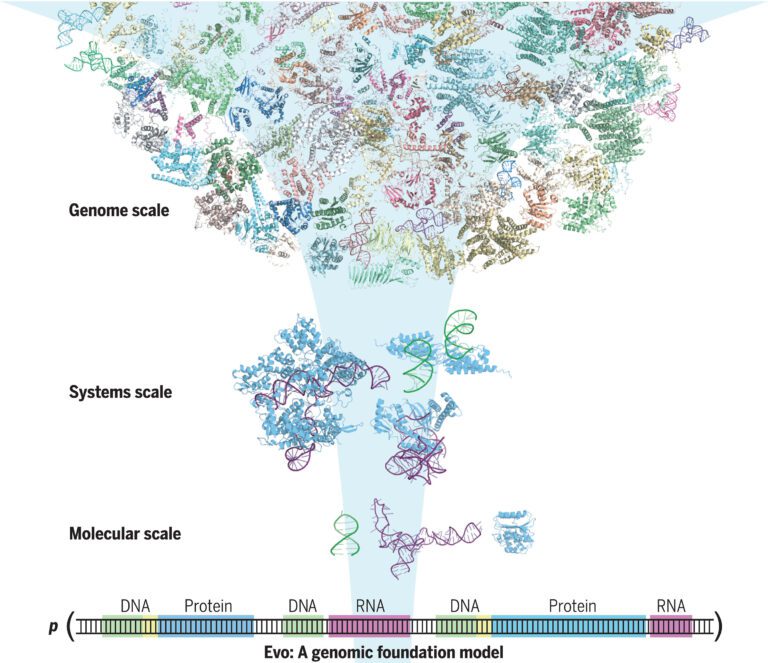

The amount of electricity consumed by the largest cryptocurrency networks has decreased by up to 50 per cent as the “crypto winter” continues to eat at the incomes of “miners” and financial contagion spreads further throughout the sector, media reports said.
The electricity consumption of the bitcoin network has fallen by a third from its high of June 11, down to an annualised 131 terawatt-hours a year, according to estimates from the crypto analyst Digiconomist, The Guardian reported.
That still equates to the annual consumption of Argentina, with a single conventional bitcoin transaction using the same amount of electricity that a typical US household would use over 50 days.
The decrease in electricity used for Ethereum, the “programmable money” that underpins much of the recent explosion in crypto projects, has been sharper still, down from a peak of 94TWh a year to 46TWh a year the annualised consumption of Qatar, The Guardian reported.
The underlying reason for the fall is the same for both currencies, however. The electricity consumption of a cryptocurrency network comes from “mining”, which involves people using purpose-built computers to generate digital lottery tickets that can reward cryptocurrency payouts. The process underpins the security of the networks, but incentivises the network as a whole to waste extraordinary amounts of energy.
As the price of cryptocurrencies has fallen bitcoin peaked at $69,000 (56,000 pounds) earlier this year, and is now hovering at about $20,000 the value of the rewards to miners has dropped by the same proportion, leaving them in areas with expensive electricity or using older, inefficient mining “rigs” unable to turn a profit.
“This is literally putting them out of business, starting with the ones that operate with suboptimal equipment or under suboptimal circumstances (eg inefficient cooling),” said Alex de Vries, the Dutch economist behind Digiconomist, The Guardian reported.
FacebookTwitterLinkedin





